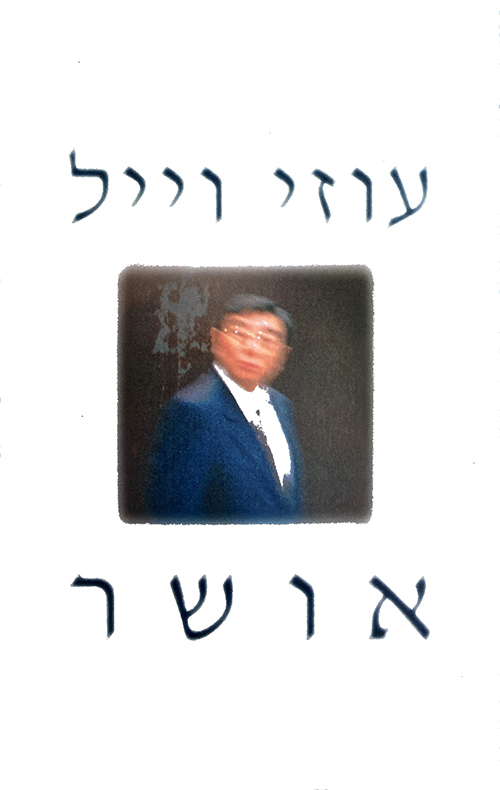
The Man Who Moved the Wall of Tears
With sharp intuition and unclouded vision, these stories explore the attractive and less attractive aspects of the Israeli experience. They touch on both comic and painful situations, on missed opportunities in the present, and dwell nostalgically on the past. Weill exposes the national character skilfully, with black humor. He wields sharp satirical instruments without avoiding emotion. Some of the stories are realistic, even topical, others are written as parodies on science fiction. They are populated with a variety of characters: young Tel Avivians, intellectuals, simple people and fringe characters, senior army officers, political leaders, as well as Uzi Weill himself and his intimate circle.
One of the stories is about a solitary man, no longer young, and the young prostitute who moves into the apartment next door. He finds himself involved in her life and sharing her dream of opening a fashionable boutique in Tel Aviv. Fifteen years later, when he is dying, he remembers her and is afraid to fall asleep.
Dangerous creatures from outer space resembling the late prime minister, Menahem Begin, invade earth, rendering the American effort to liquidate them problematic. On Israel’s 100th Independence Day there is still no peace between Israel and the Palestinians and in order to boost national morale, the Weizmann Institute of Science develops an android resembling Adolf Hitler, who loves Jews and falls in love with the female android Anne Frank. And if that can be done, then the Western Wall can be moved from Jerusalem to Tel Aviv and turned into a trendy attraction. But the man who moves the Wall changes his mind and eventually returns it to the Jerusalemites.

